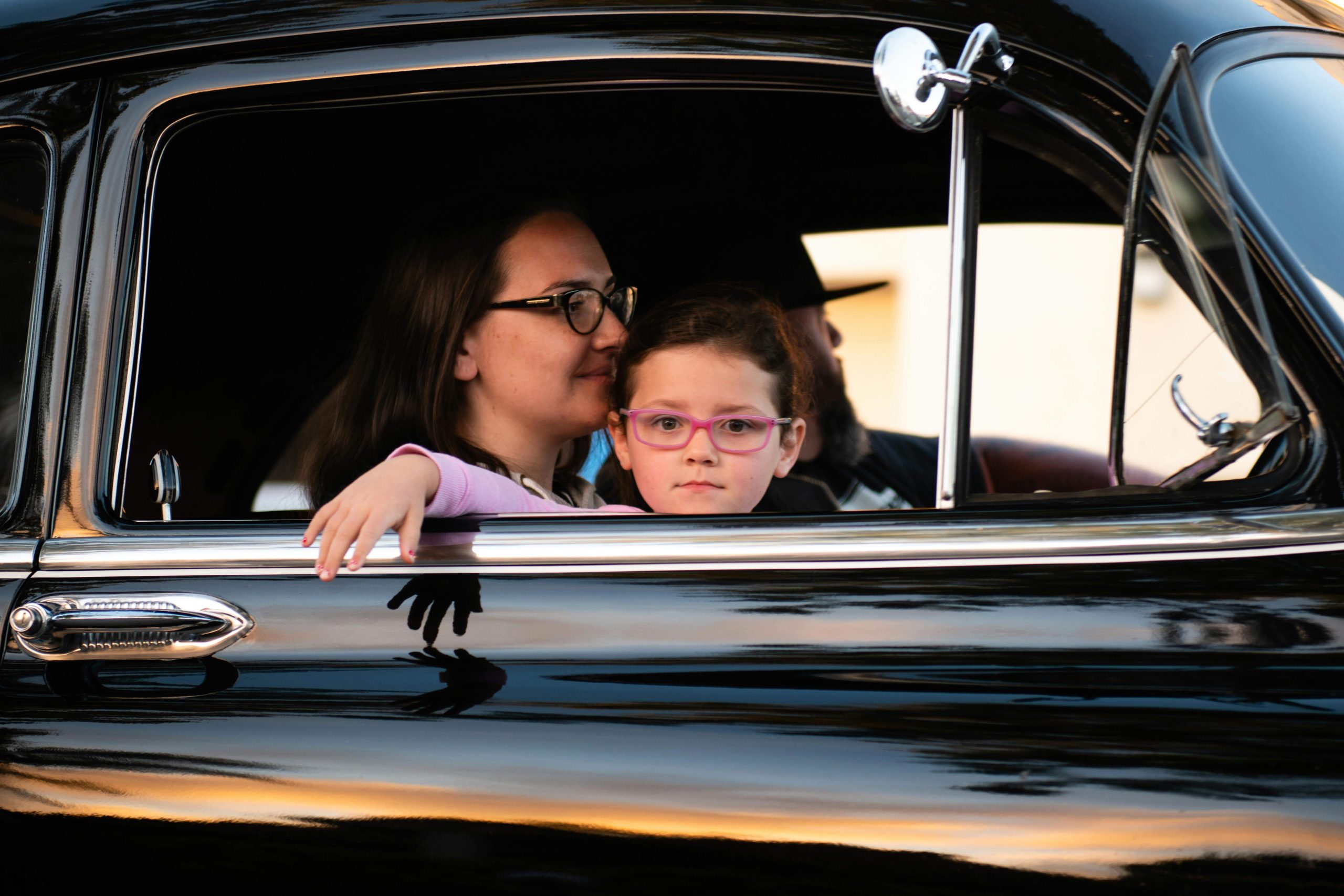Driving a car with a baby on board is a bit different than when it’s only adults involved in the ride.
Although that shouldn’t be the case; as every life matters, we naturally tend to be more cautious when carrying our precious little cargo around.
There are several reasons why we should be extra careful when driving with kids onboard. For tinstance,
- Children can be loud and messy which can be distracting for the driver.
- They tend to behave unpredictably like unbuckling their car seats, opening doors or windows, or throwing objects here and there which can pose significant risks.
- Kids have a limited understanding of the importance of on-road safety measures.
- Their physiques and structures are rather fragile and thus more prone to injuries under sudden shocks and impacts.
- Kids are emotionally not prepared for any mishaps or accidents and, therefore quite vulnerable to trauma should anything go wrong.
As you can see, kids’ bodies and minds are not fully prepared or developed to endure and process driving and traffic hazards.
To make sure they feel right at home when being driven in a car or vehicle, here are certain tips that you can use as a parent.
Car Safety Tips for Kids
As a parent, you should know the do’s and don’ts of driving a car when kids are riding along.
If your children are mature enough to follow the instructions, then you should explain to them the rules on how to behave in a moving car.
Apart from that, here’s what you should do for a safe and smooth ride with kids:
1. Get the right size of booster seats for children
Should your children be too young or small to fit in a regular seatbelt, then needless to say you should get a child car seat or booster seat as soon as possible.
There are many types of children’s car seats available in the market depending on their age, state, and traffic rules that you can buy and install in your car.
For instance, infants and toddlers under the age of 2 years old should strictly be in rear-facing seats in the back.
Those in the elementary level should sit in forward-facing seats in the back seat until they’ve reached the right height and weight to be able to use a booster seat.
School-going children between the ages of 8-12 years old or over 4.9 feet tall could use a booster seat in the back seat to be able to strap the adult lap and shoulder belt.
Adolescents and teenagers should sit in the back seats and use regular seat belts at all times.
2. Ensure that the safety locks on doors/ windows are locked!
As important as it is to tuck your children properly in their seats, it is also crucial to lock their doors and windows especially when the car is in motion.
Since children are naturally curious about ‘buttons’ that magically open or close certain things, they might end up opening the car windows or doors unwarranted whether intentionally or unintentionally.
To be on the safer side, make sure that the child safety lock is activated across all the doors and windows of your car before applying the gear.
3. Never leave your kids unattended in the car
Perhaps the most important safety tip for parents is to never leave their kids unattended in a car no matter what.
Mostly against the law in most countries, leaving your kids inside the car while you’re out taking care of little things such as ordering a quick bite, paying for parking, groceries, or other things can invite penalties or worse danger to the kids.
Aside from the risks of dehydration or heatstroke, children locked inside a car in your absence may be more exposed to all kinds of threats that are better understood than spoken.
4. Refrain from eating/playing in a moving car
While eating, playing, singing, and having fun are all too normal especially when your family is out on a long drive, paying a little attention to it goes a long way.
Ideally, it is better to have your kids eat before getting in the car as they make a lot of mess while eating. Still, if they insist on having a snack or feel too starved during the trip then pulling over or stopping for a while is always your best bet.
Apart from keeping the mess to the bare minimum, it also removes the chances of your kids choking or gagging upon consuming something in the middle of a bumpy ride.
5. Check out their sleeping positions to avoid jerks and jolts
Similarly, if the kids fall asleep during a ride which is all too common at a young age, it is your duty as a parent to ensure a smooth and cozy ride.
So double-check that their seat belt or harness is properly fastened and their headrests are well placed to give their tiny necks an all-around support.
Keep a close watch on their sleeping positions as in their heads and necks since they are the most vulnerable to jerks during sudden shocks and jolts.
If your kid’s chin is touching his/ her chest, stop the car and adjust their positions to avoid any sort of restrictions in their airways or problems breathing.
6. Drive slow and steady
Needless to say, when kids are onboard, your number one priority should be a slow, safe, and smooth ride at all times.
Even if you’re running late for an occasion or meeting, hasting and overtaking other vehicles to reach in time is never the right solution, especially with kids in the backseat.
To avoid taking such risks, leave early, take a shortcut, and if everything fails, remember it is always better to be late than never.
7. Teach your kids the right etiquette and manners
Educating your children about the risks and dangers of riding in a car or any other vehicle like a school bus for that matter is pretty important.
No shouting in the car, keeping their hands and arms inside the car even if the windows are open for air ventilation, and not throwing anything out from a moving vehicle are some of the critical parenting tips that you must exercise over your kids for their well-being and others.
Educating them about the traffic/ road rules as early as possible in their childhood is a lesson of a lifetime, something that they will be using for years and decades to come.
Key Takeaway
While your children may be unaware of the complexities of driving, as a parent you must not be ignorant.
Although you can never be fully prepared for what comes next when out driving, paying a little attention to these kids’ safety tips can make a lot of difference in times of crash or any misadventure.
So learn the rules well, practice safe driving at all times, and if possible explain to your kids the importance of behaving well whether on the road or inside the car. Check this list before taking your kids out in the car to be 100% sure.


